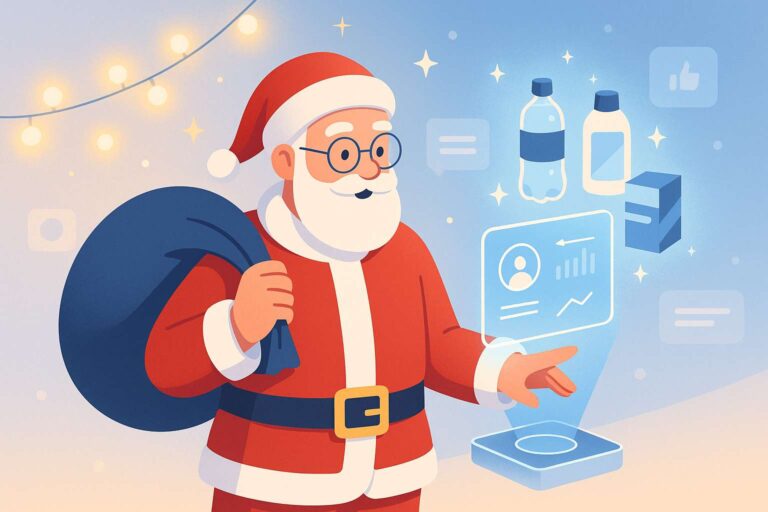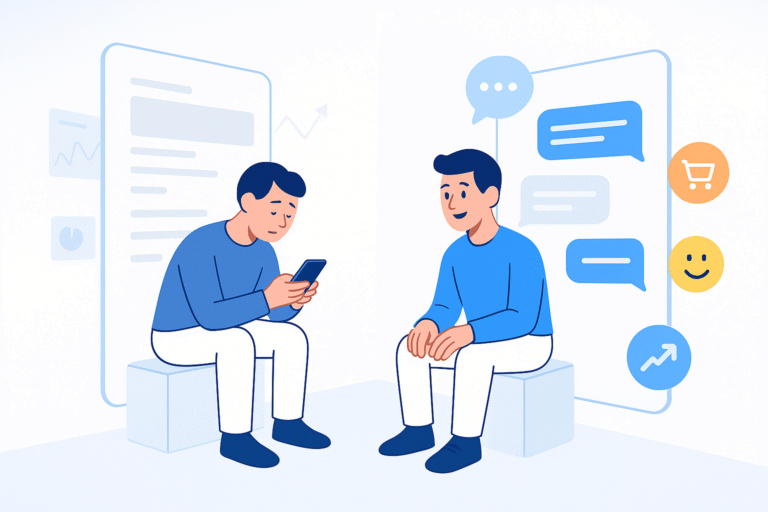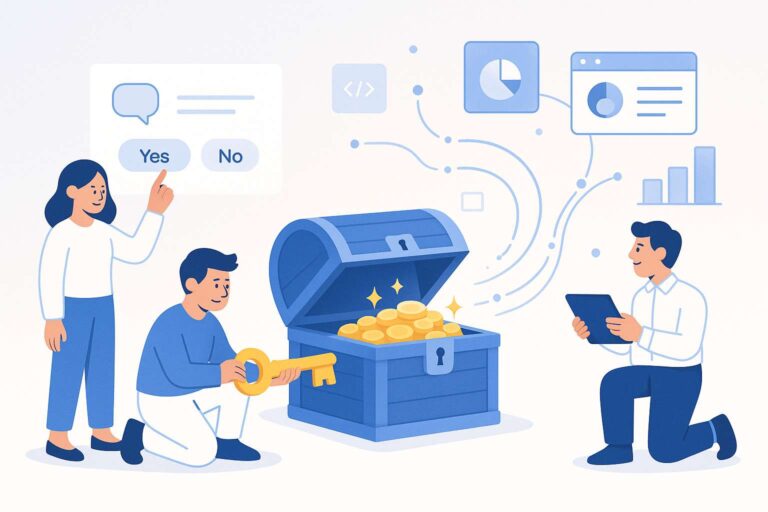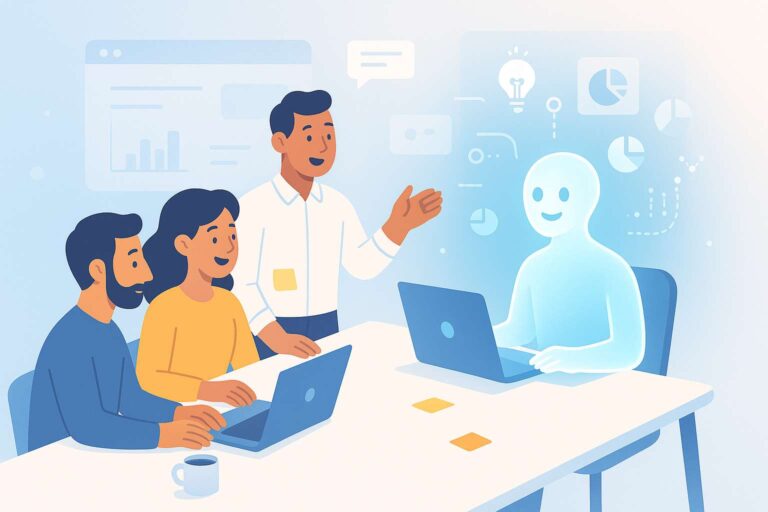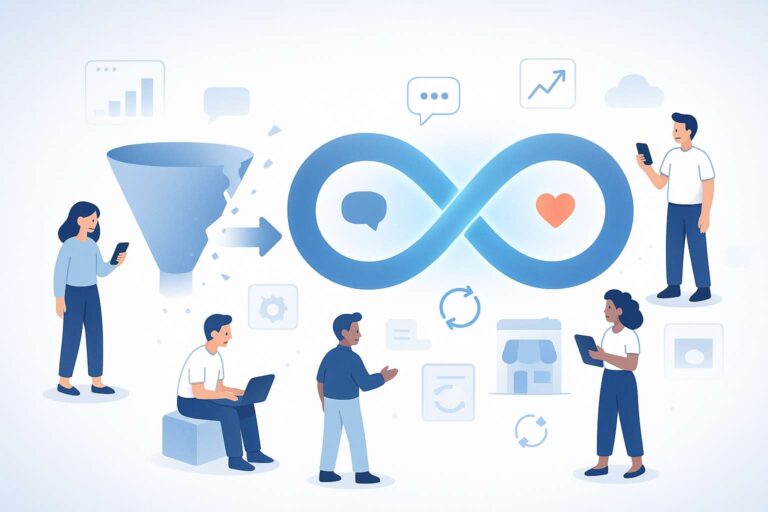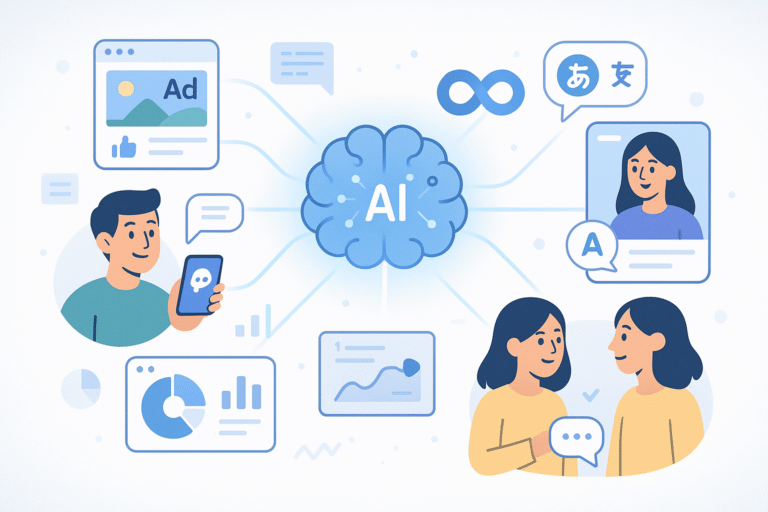Manufacturers Finding New Digital Ways to Build Direct Bridges to Consumers and Promote Products on Shelves
Emmi has implemented a pilot project around the milk drink good day Barista, in collaboration with TWINT and DiALOGiFY. This article brings to you an extract from the conversation with Meike Tarabori, Editor-in-Chief at cmm360, Amir Maslic, Brand Manager at Emmi Switzerland, Adrian Plattner, Chief Sales Officer at TWINT, and Dominic Bolliger, Co-Founder and CEO at DiALOGiFY.
Amir, could you please enlighten us on how you redefined customer dialogue at Emmi?
Amir Maslic: In short, we realized a “virtual sampling”. We’re all familiar with the cumbersome cashback features so far. You buy a product, keep the receipt, scan or copy it and then send it to the brand manufacturer, along with your address, IBAN, and so on. It feels like an endless process. We thought there must be an easier way in the digital age. That’s where the solution was close at hand, with a fun, simple, and 100% automated customer dialogue. DiALOGiFY advised us wonderfully on this matter. But the refund also had to be implemented as easily as possible, and we were immediately clear that we wanted to solve this with TWINT.
Amir from Emmi
Can you walk us through the process? How does a consumer get a credit?
Amir: After consumers have purchased and paid for our new product Emmi good day Barista, they can scan the QR code on the sticker attached to the product with a smartphone. This QR code is not a static one, but a so-called “Unique QR code”. This means that in the background it is directly verified whether a refund has already been triggered for this product or not. Once this is validated, the process starts directly on the consumers’ smartphone, of course, only after their consent that we can reuse the data. While the dialogue aims to trigger the refund, preferences and profile attributes are also captured through the interactions. This includes questions about buying behavior, such as why the product was purchased. Via chat, customers are then asked how they want the refund to be carried out. If they are already TWINT customers, they receive a code and the amount is directly credited on the TWINT app. If someone is not a TWINT customer, they can also choose the classic variant and the amount will be transferred after providing bank details.
Dominic, can you tell us something about the dialogue that guides the customer?
Dominic Bolliger: Each brand story is unique, and each brand communicates with the consumer in its own way. This is easiest with dialogues. The dialogue in this case starts with scanning the Unique QR code and a “Hello, what’s your name?” The dialogue appears like a private chat with pictures or videos. The current chat displays lifestyle pictures, which are swiped right or left like Tinder. This gives us clues about what appeals to customers. This information can then be directly transferred to eShop marketing, or the CRM. Like in real about repeated data.
Dominic, can you tell us about the dialogue that guides the customer through this process?
Dominic Bolliger: Every brand story is unique, and every brand communicates with consumers in its own way. This is best achieved through dialogue. In this case, the dialogue starts with scanning the Unique QR Code and a “Hello, what’s your name?” The dialogue feels like a private chat with images and even videos. In the current chat, lifestyle images are displayed that can be swiped right or left, similar to Tinder. This gives us clues about what appeals to customers. This information can then be directly integrated into e-shop marketing or CRM. Like in real life, the conversation should continue at a later stage. The manufacturer can ask the customer for feedback on the product for which the credit was paid out a week later. Depending on customer preference, weekly cooking tips can follow. Thus, many further interactions can arise from an initial contact. These so-called contact paths in dialogue are new, provide the basis for a long-term manufacturer-customer relationship, and are crucial for continuing the brand story.
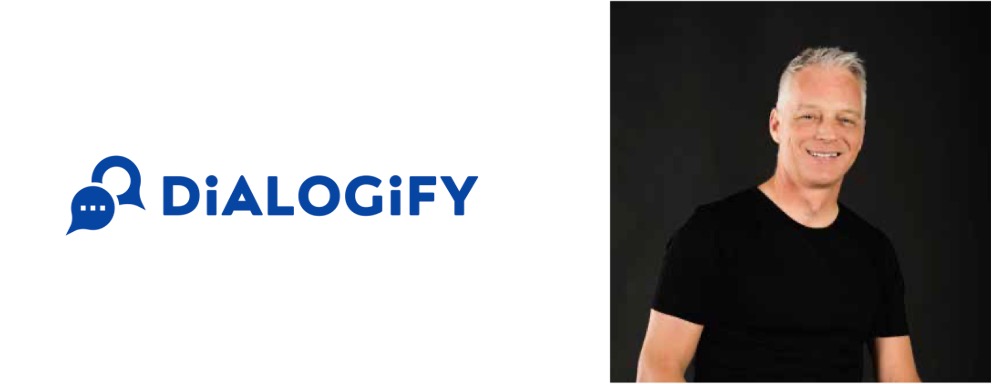
And we can stay in touch and deepen the relationship. We know from ourselves, relevant and personalized brand communication is not simply clicked away. The advantage is that a manufacturer can get to know its customers better over time and can accordingly play out personalized relevant topics that address the needs of the customers. These can be cooking tips, sales promotions, or background information about the product. Dialogues can also be played out at various contact points, which do not necessarily have to be digital. The start in this pilot project is not digital, but a QR code on the good day Barista product. Even the integration of an individual postcard with a personalized QR code is possible.
Amir: Yes, exactly. The digital approach and the dialogue in the chat create the foundation. Unlike traditional sampling in the supermarket, where customers buy the product and companies can then no longer trace what happens, we now have the opportunity to ask consumers how they find the product, the packaging, size, and other product characteristics.
How is TWINT involved in this whole process? What role does the process around credits play in your company and in the market in general?
Adrian Plattner (Chief Sales Officer at TWINT): Simplifying and connecting are two essential elements deeply ingrained in TWINT’s DNA. We currently have over four million active users in the system and up to one and a half million contacts with users per day. And of course, we can use this in various ways to connect retailers or manufacturers with customers or consumers.
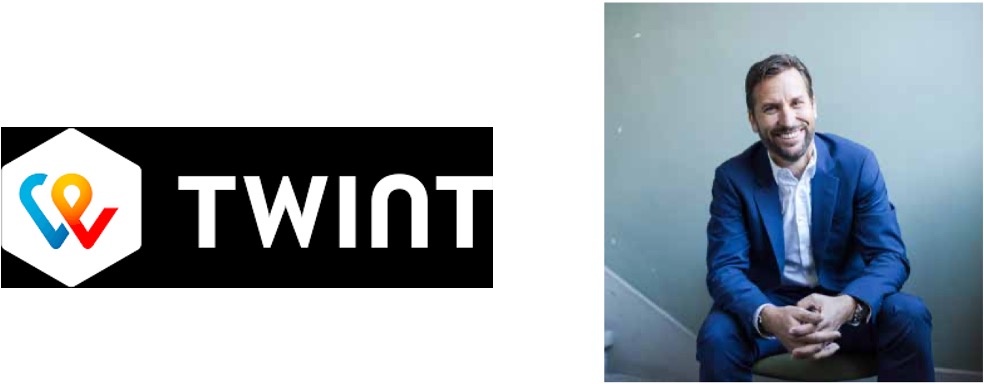
That’s why innovative projects like Emmi’s are exciting. This is uncharted territory because it’s not about the classic payment process, but rather about a “reverse” payment. This is an area that I believe has potential for growth in the future. This is particularly valuable for producers and companies that cannot directly access the market and exchange ideas with the end consumer. TWINT will increasingly aim to provide solutions at this interface in the future. Because we want to make this interaction available to both parties – the provider and the demander – to simplify processes and thereby increase convenience and user experience.
I hear that long-term collaboration and customer proximity are key. But in the background, there are some technical challenges due to the different partners and interfaces. How did you solve this?
Dominic: It is indeed the case that integrations and thus interfaces are of paramount importance today. Countless software solutions are used and it is correspondingly important that these software solutions can be seamlessly integrated into the existing company’s internal IT architecture. This is also particularly relevant for eCommerce. For example, there can be an interface to the product database to help the customer choose the right product in the form of a digital sales consultant.
Adrian: It is always a question of complexity: do you want to link entire web shops to such a story or are they individual processes like now in the case of the project with Emmi. Our solution from TWINT can be integrated into both areas, into a merchant process as a payment or interaction element as well as a central digital base. With TWINT+, the future marketplace, which can then be perfectly integrated as a leading system, we offer such a solution.
That sounds like a resounding success on all sides and a door opener for further projects. Do you see it that way too, Amir, from Emmi’s perspective and thus as the project leader and client?
Amir: We have been on the market for a few weeks now with the good day Barista campaign and can already see a positive impact on sales. This is very, very encouraging. So, I can well imagine that we will use this solution for other new and innovative products from Emmi and lead direct interaction with consumers. Of course, always focusing on a long-term customer relationship and with virtual sampling as a starting point, simple, but sustainable.
Thank you for the interesting discussion, Meike, Amir, Adrian, and Dominic!
PS: The full-length ICT Talk is also available as a Podcast.


